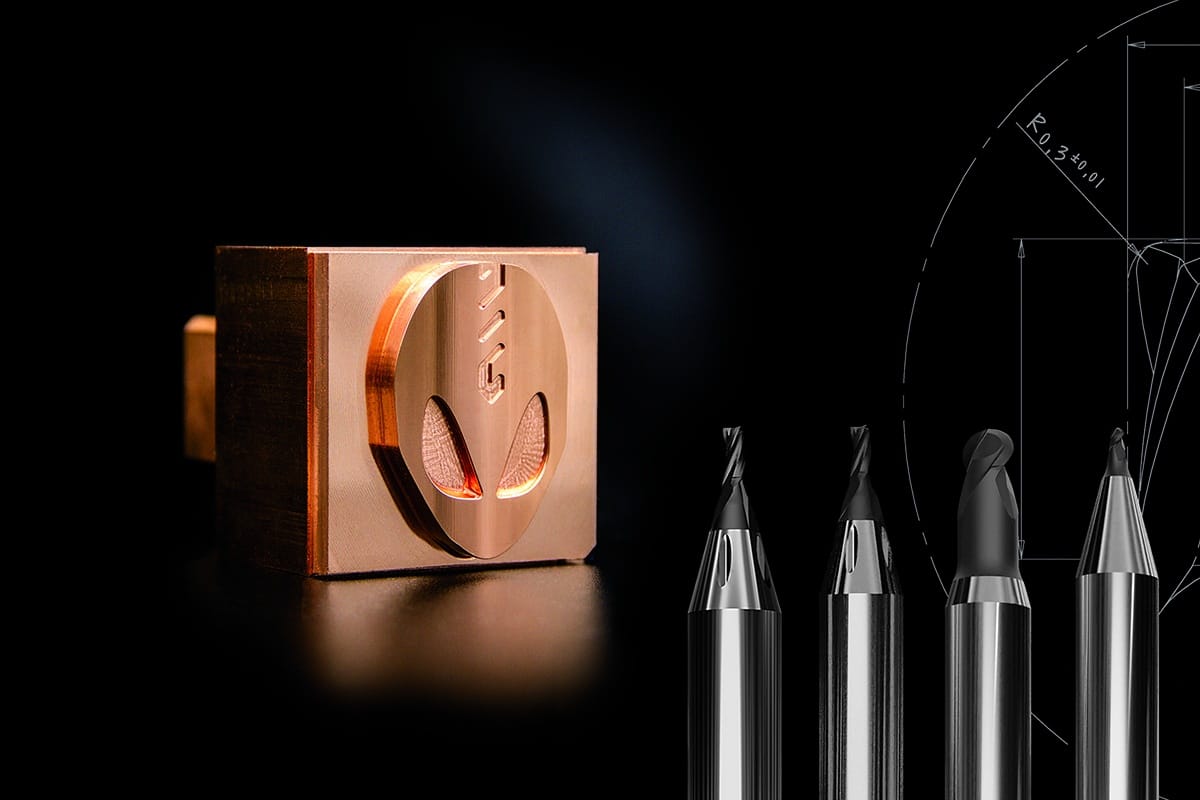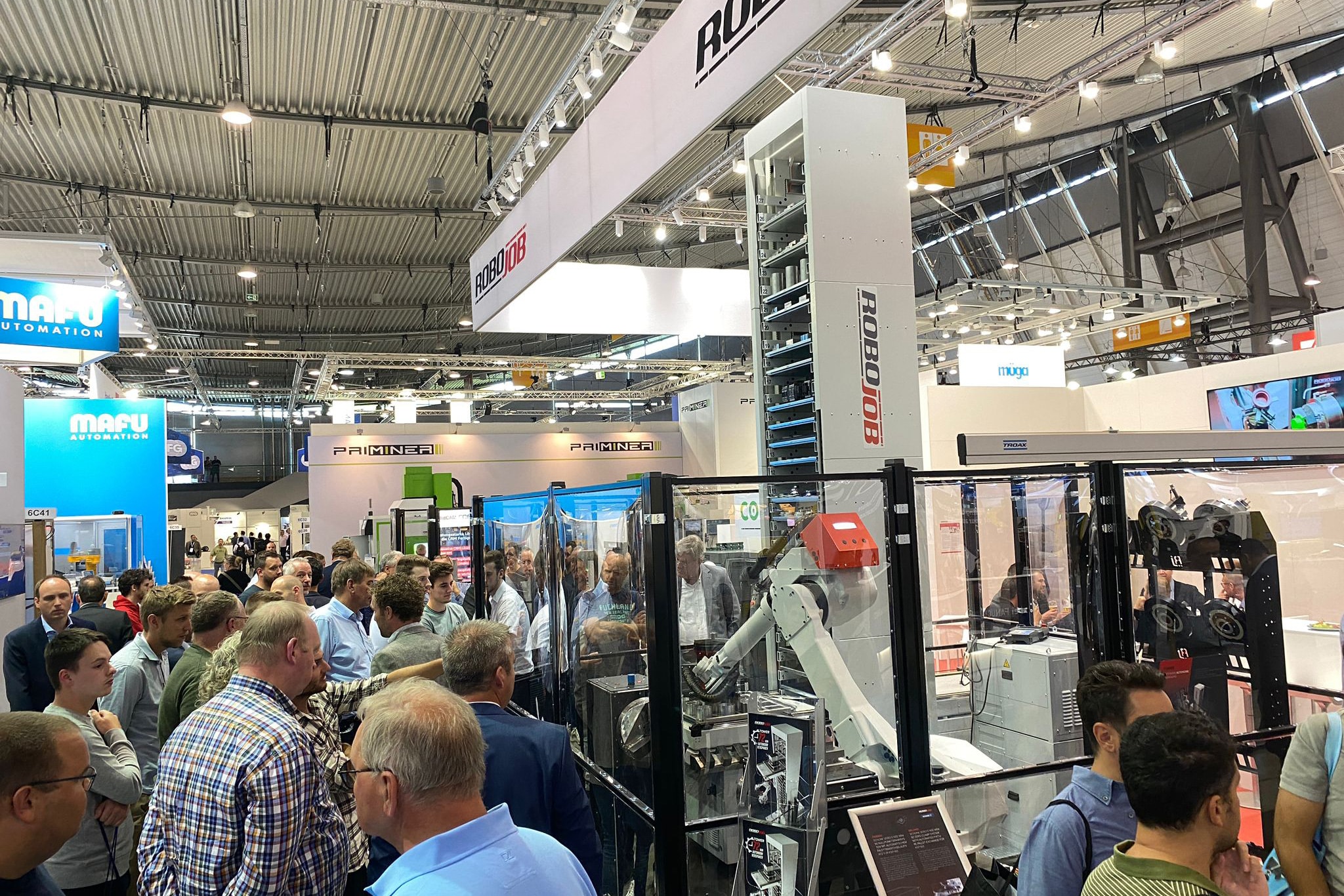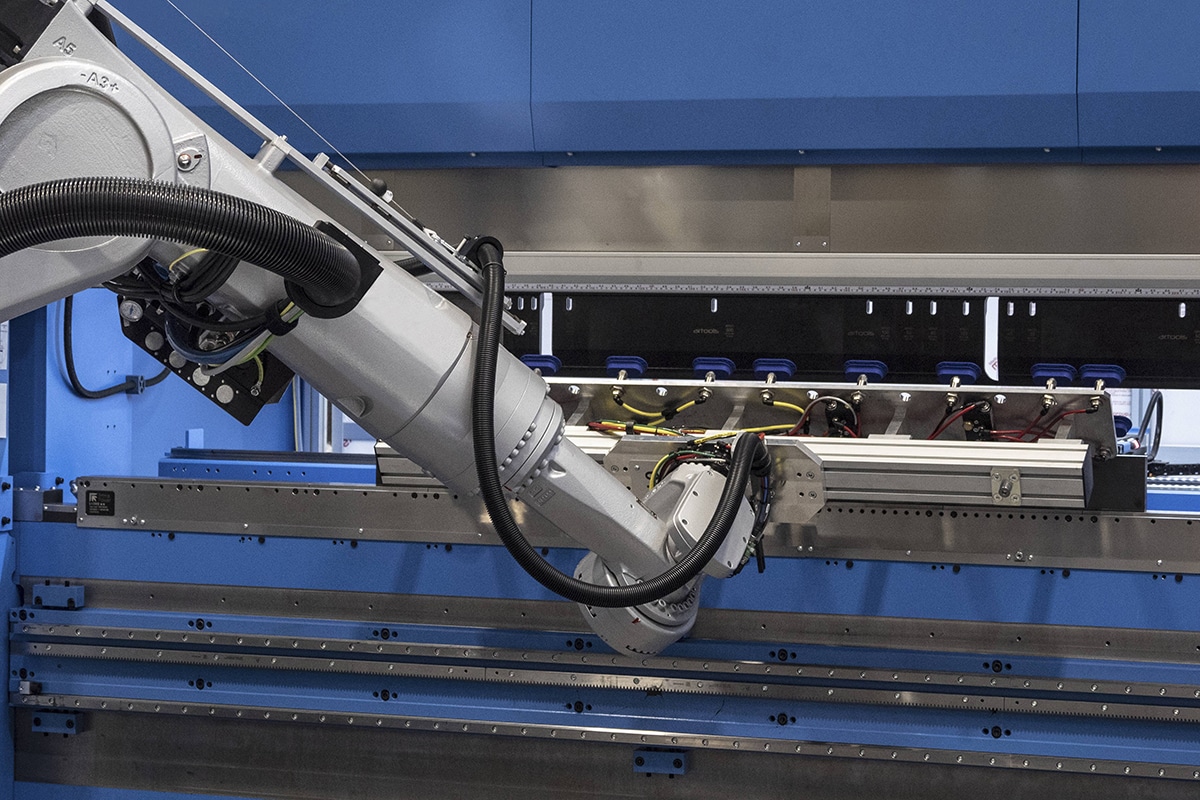
The how and why of five-axis machining
A work of art is hidden in every block of stone; it is up to the sculptor to extract it. These are the words of Italian Renaissance artist Michelangelo. Imagine all he could have accomplished if he had traded in his hammer and chisel for CNC-controlled machine tools. Thousands of statues of David, in just as many materials. Whether you want to sculpt a masterpiece in marble or turbine blades out of titanium, the basic principle remains the same: remove material until you get the shape you want. With five-axis machining capability, you create more opportunities to do that more efficiently.
Simply explained, five-axis machining amounts to moving your workpiece or cutting tool simultaneously along five axes. This allows a machine tool to make very complex pieces, which immediately explains why five-axis machining first took hold in companies active in (supplying) the aerospace industry.
The fact that five-axis machining has since become much more widespread is due to several evolutions, starting with the move toward perfectly finishing a workpiece in a single fixture. An evolution necessary in high mix, low volume production to shorten lead times and let efficiency prevail.
Five-axis machining also reduces the risk of collisions with the toolholder. The table or cutting tool can now tilt, allowing better access to the geometry of the workpiece. Another direct consequence of this tilting function is that tool life times also increase. After all, they can be optimally positioned, both for cutting and for chip removal.

What is five-axis now?
But what are these five famous axes? For that, let's bring in another greatness from the past. When René Descartes watched a fly go across the room from his bed, he realized that he only needed three values to describe the fly's exact position in a three-dimensional room: the variables X, Y and Z. That laid the foundations for the Cartesian coordinate system and three of the five axes we need in five-axis machining.
So what about the other two? If we zoom in on that fly of Descartes, we can determine not only its position in space, but also its orientation: the A-axis. An axis that rotates about the X-axis. Finally, there is then the tilt, is the fly landing or taking off, which is described by the B axis, a rotating axis around the Y axis. Another axis can then rotate around Z, of course, but in machining that extra cost adds little additional value. Hence the preference for five-axis configurations. Exactly how those axes then relate in the machine itself depends on the layout and whether it is a vertical or horizontal machining center. And, of course, the more spindles there are, the more axes.
3+2 or 5
However you turn it, the pieces you make with all those axes are five-axis pieces. That can be done in different configurations, though. Whether you need a three-axis, four-axis or five-axis set-up then depends largely on the geometry of the piece being machined and, of course, on what the customer has available in terms of machines and orders. In machining, 3+2 (positional five-axis machining) does not equal 5 (simultaneous five-axis machining). In the first case, a three-axis program is run where the cutting tool is in a fixed position between the two rotary axes. In the second case, continuous adjustments are made to the cutting tool along all five axes so that the cutting tip is perfectly perpendicular to the workpiece.
The great advantage of the latter method is the speed of work. Everything can be finished at once without stopping. Although this does require more attention during programming to avoid collisions. CAD/CAM and five-axis machining therefore go hand in hand.
Five-axis machining versus 3D printing
To throw some more numbers around, we also make a small comparison here with additive manufacturing techniques, better known by the label 3D printing.
According to diehard "believers," this is a disruptive technique that will turn the entire machining world upside down. In most cases, however, both techniques prove to be highly complementary. There are certainly opportunities to build pieces layer by layer to achieve a design that would not be possible with conventional machining. But there are still a lot of parts that just need machining techniques, for example when it comes to very tight tolerances.
So should we expect hybrid machine tools in the future? No. For efficiency, they function better separately. Just think of powder recovery in 3D printing, or chip removal in machining. Processes that need to run as optimally as possible. Rather, the answer will lie in a place for both technologies, side by side on the shop floor but connected by automation.

How to make the most of it?
There are many workshops today that have already made the investment in five-axis machining. But those capabilities are not being fully utilized everywhere. That may have to do with a lack of understanding or the right software to unlock the full potential. It does take some training to learn to move from three-axis to simultaneous five-axis. Both in designing and programming pieces. In many cases, it's all about the control and software to achieve a smooth tool path.
An important feature in that software will have to be collision recognition. A lot of solutions already exist that quickly simulate the program to pick out errors in advance. Most of the problems users encounter are not about making chips, but about personnel, proper communication from job preparation to the machine, and having the right tools in the warehouse to finish a piece.



